Reduction in frequency of long-haul flights seems to be having a positive effect upon the environment. For the time being, the worst of the pandemic has passed, but consumers are still wary of scheduling expensive long-distance vacations because of increased vaccination and testing requirements for places beyond one’s own country, or outside the EU, in the case of Europeans.
According to research, air travel inside the EU is expected to return to pre-pandemic levels by the end of 2022, while intercontinental travel will not return until 2024.
The battle in Ukraine will probably add to the recovery time. People often avoid foreign travel during times of instability, and Europe is experiencing one of the worst periods of insecurity since World War II.
Flights connecting Europe and Asia will have to circumnavigate Russian airspace, increasing time and cost. Adding to the woes is the sharp rise in jet fuel prices.
Long-haul flights are significantly more damaging to the environment than short-haul flights, both because they are longer and because the planes fly higher.
“One of the biggest contributors to reduced oil demand during the pandemic has been reduced flying,” says Andrew Murphy, aviation manager for NGO Transport & Environment (T&E) in Brussels. “People are taking to their cars in a pretty standard way, but they are not doing long-haul travel,” he added.
As airlines were receiving bailouts in 2020, Murphy and other campaigners were frustrated that virtually the only green condition placed on airlines was the scrapping of short-haul domestic flights in France and Austria.
Despite accounting for just 6% of flights leaving European airports, long-haul aircraft exiting Europe account for more than half of the continent’s aviation emissions, according to Eurocontrol, the European air traffic management organization.
It now seems the market is delivering an aviation emissions reduction where policymakers failed. The reason is not only are people wary of booking far-away vacations – but the disappearance of business travel is also a strong contributing factor.
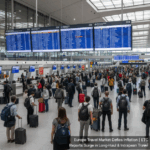




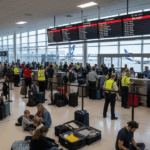





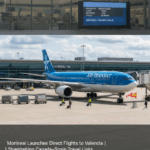

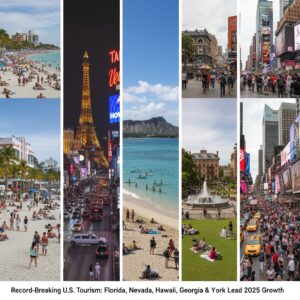
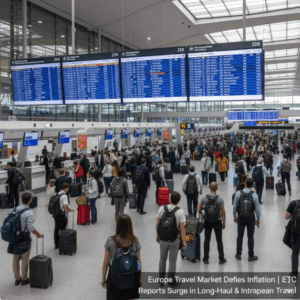
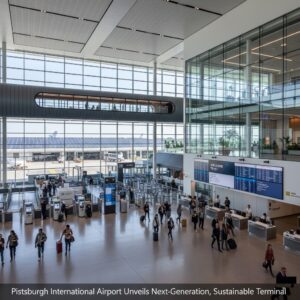

More Stories
Seville Shines as a Top European Destination for 2026 with Perfect Blend of History and Innovation
Costa Rica Joins Mexico, Brazil, Canada, Dominican Republic, US, and Others in Redefining Green Tourism with Eco-Friendly and Community-Based Solutions
Ireland Wows North America’s Luxury Travel Market with Unique Charm and High-End Tourism Offerings